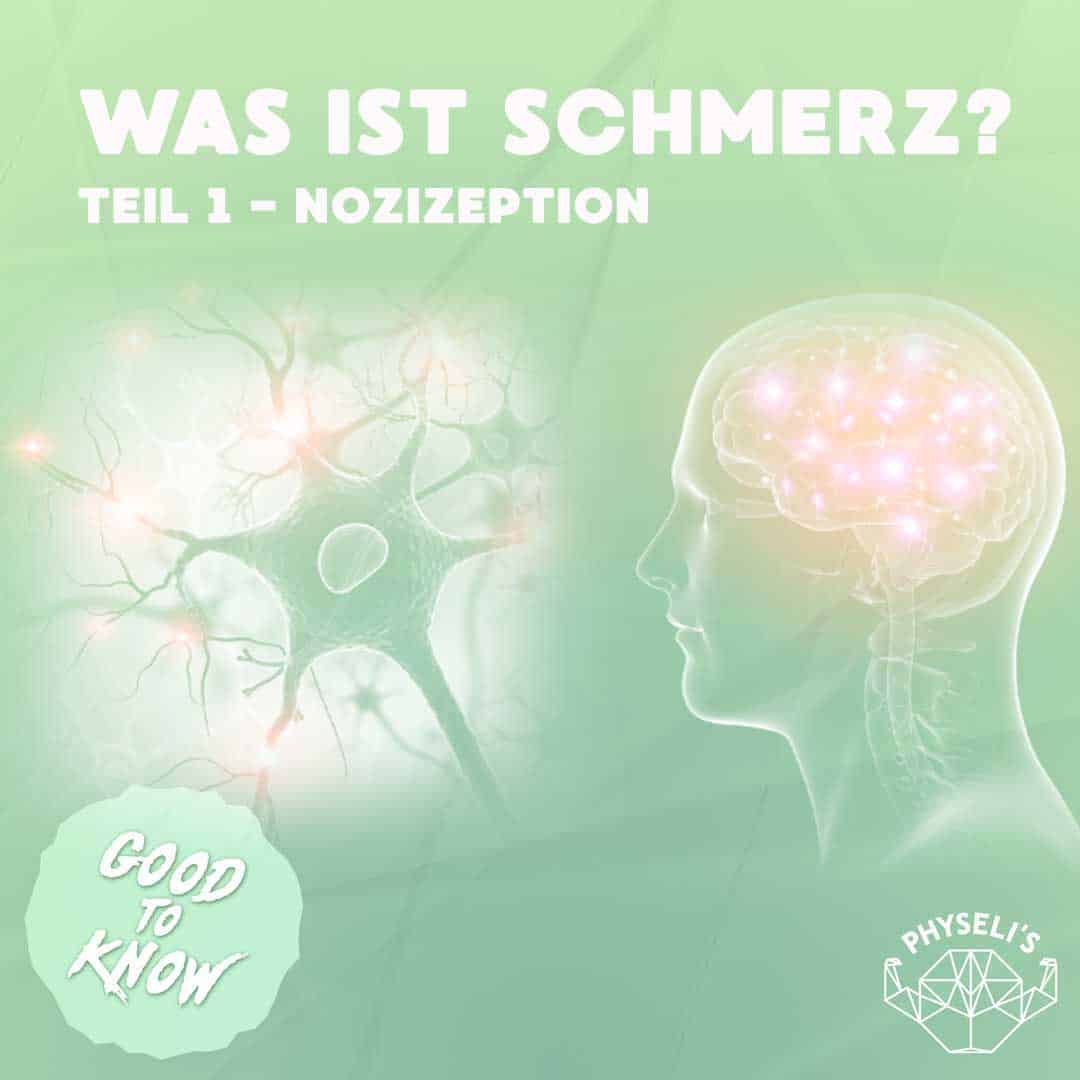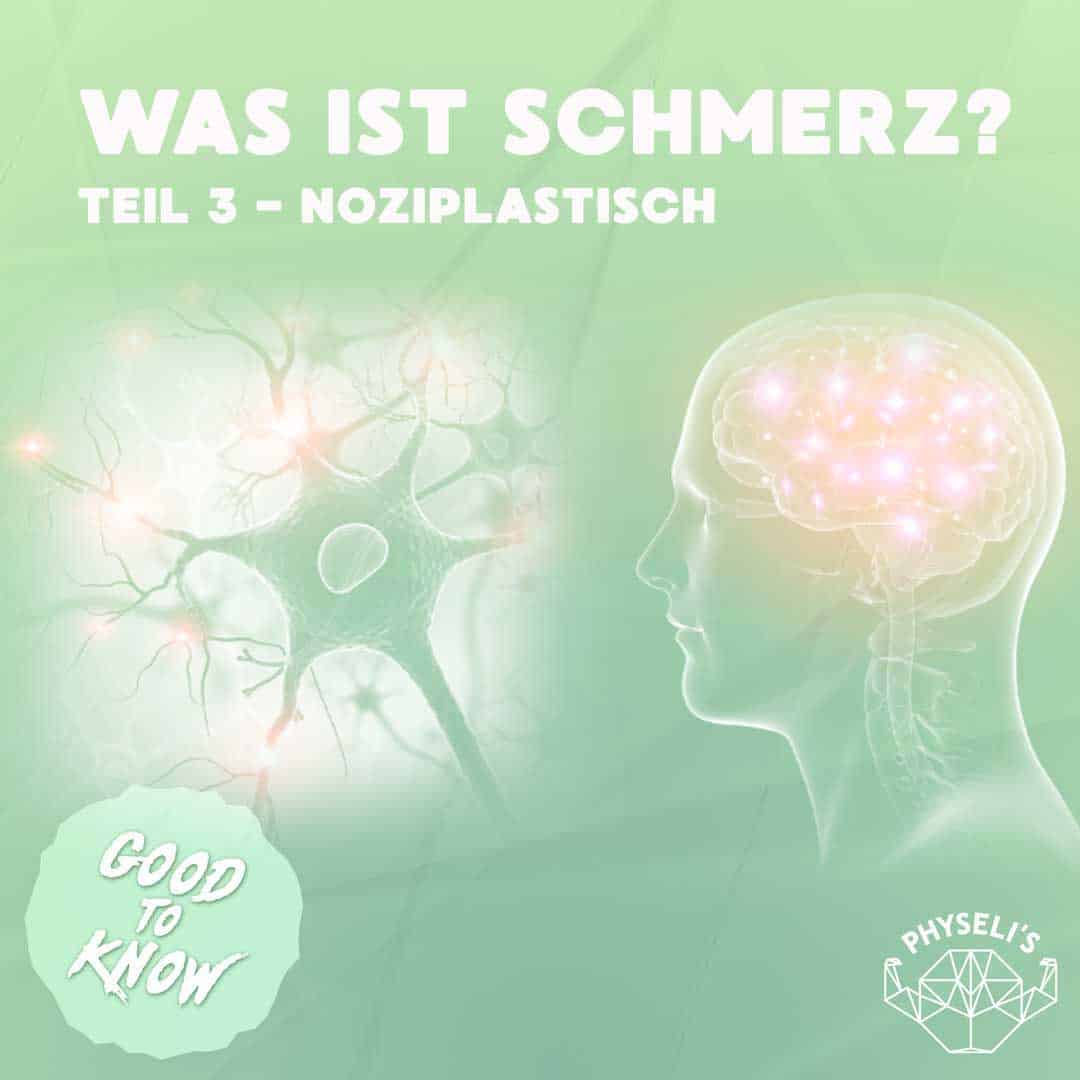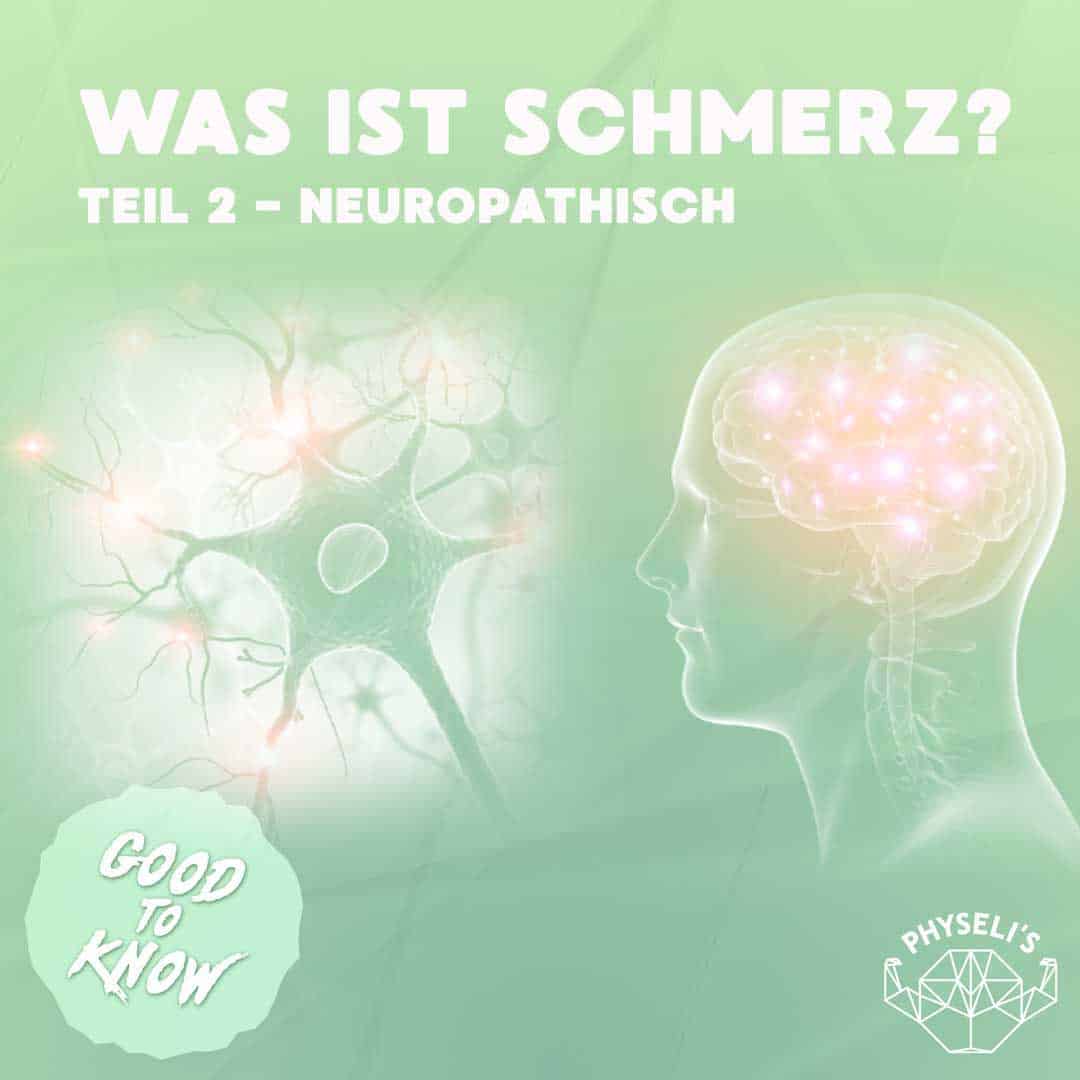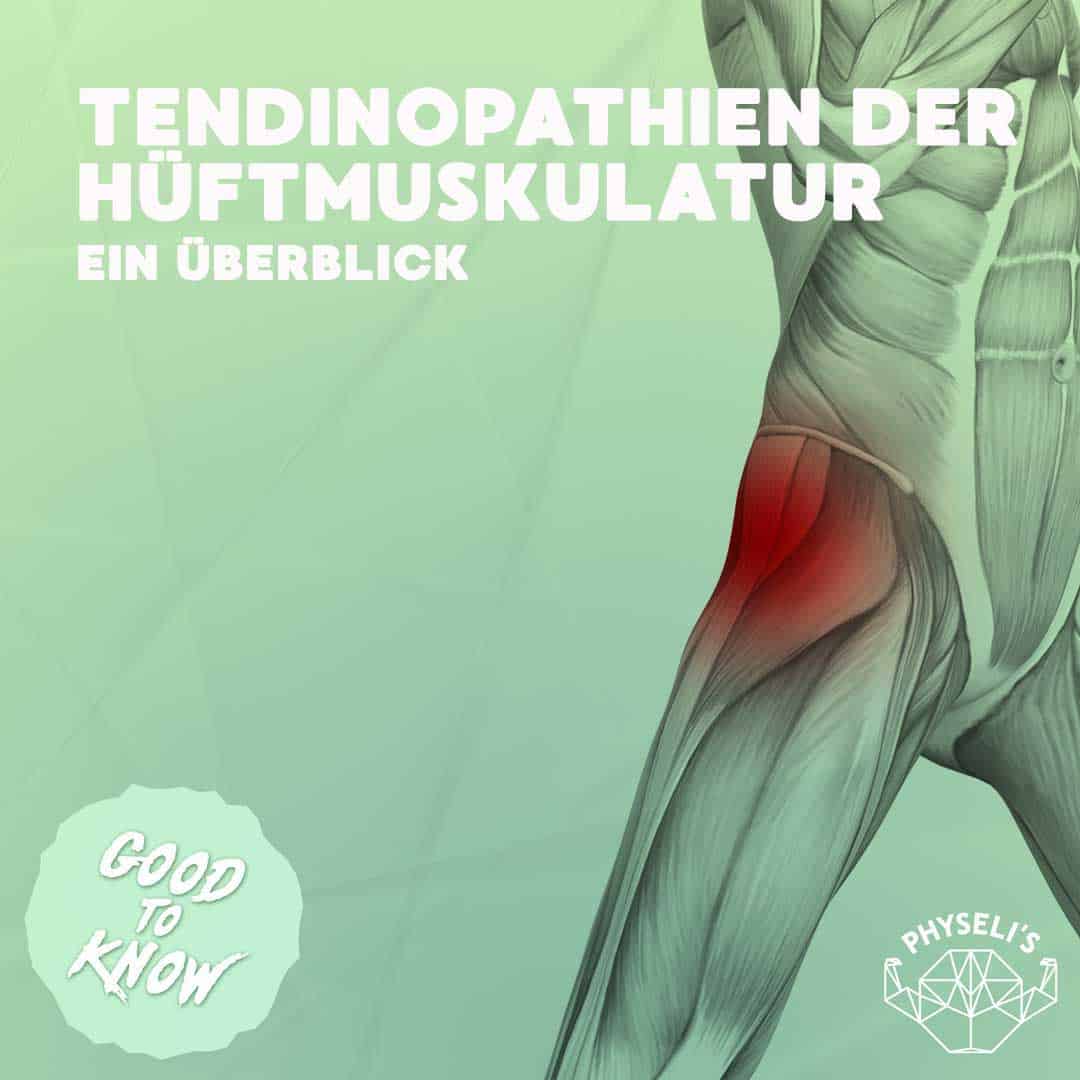Introduction
Pain is a complex, unpleasant sensory and emotional experience that is associated with actual or potential tissue damage or is described in terms of such damage.
It is a 3-dimensional event (sensory, cognitive, affective) that can be based on different mechanisms.
For everyday clinical practice, it is of central importance to be informed about these mechanisms and their biology in order to be able to treat patients appropriately.
Aspects
Pain basically consists of 2 aspects: Stimulus and perception.
Stimuli can be measured objectively, whereas perception is subjective to the individual.
The individual experience must therefore be respected.
Individuals learn the concept of pain through their life experiences.
Certain beliefs can have a positive or negative effect on the perception of pain.
Nocicep… What?
In this first part, we take a closer look at the most common pain mechanism, nociception.
Nociceptors are free nerve endings of the spinal cord and are found in all pain-sensitive tissues of the body.
Nociceptive pain is primarily caused by an injury to non-neural tissue (musculoskeletal, visceral).
For example, in the case of an acute ligament rupture, the nociceptive system is very active due to the injury and acute pain occurs accordingly.
Information on
Sensory information in the form of chemical (endogenous processes), thermal (temperature) or mechanical stimuli (e.g. pressure, traction) is received and transmitted by the nervous system.
There are no single pain receptors.
Different nerve fibers have different stimulus thresholds, some react to very fine stimuli, others to intense stimuli.
There are also different fiber properties that transmit stimuli at different speeds.
Stimulus transmission
During nociception, stimuli are converted into an action potential (AP).
When an AP arrives at the terminal of the nociceptive neuron in the posterior horn of the spinal cord, calcium ion channels are activated.
This in turn ensures that neurotransmitters and other molecules at the postsynaptic membrane cause another AP.
The AP is transmitted via the spinal cord to the thalamus (central control organ), where the information is converted and transmitted to the cerebral cortex.
Disclaimer: This process is greatly simplified here.
Perception
The brain then comprehensively interprets the information received and decides on the reaction.
In addition, many other cells play a role in the transmission of stimuli from the periphery to the thalamus.
This is what makes the process and the resulting perception of pain so complex.
It is important to understand that all the information processed centrally in the brain contributes to the perception of pain.
Take-Home-Message
The nociceptive system consists of:
- Peripheral nociceptor
- Rear horn
- Brain stem
- Sensory cortex
Nociception is a neuronal response to intense stimuli and represents an important protective function of our body.
These stimuli can be caused by acute tissue damage, but tissue damage is not necessarily required to activate the nociceptive system.
Pain is a personal experience and is influenced by biological, psychological and social factors.
Sources:
- Hoegh, M. (2022).
Pain Science in Practice: What is pain neuroscience?
Part 4. The Journal of Orthopaedic and Sports Physical Therapy, 52(4), 163-165. https://doi.org/10.2519/jospt.2022.10995 - Middleton, S. J., Barry, A. M., Comini, M., Li, Y., Ray, P. R., Shiers, S., Themistocleous, A. C., Uhelski, M. L., Yang, X., Dougherty, P. M., Price, T. J., & Bennett, D. L. (2021).
Studying human nociceptors: from fundamentals to clinic.
Brain: A Journal of Neurology, 144(5), 1312-1335. https://doi.org/10.1093/brain/awab048 - Raja, S. N., Carr, D. B., Cohen, M., Finnerup, N. B., Flor, H., Gibson, S., Keefe, F. J., Mogil, J.S., Ringkamp, M., Sluka, K. A., Song, X.-J., Stevens, B., Sullivan, M. D., Tutelman, P. R., Ushida, T., & Vader, K. (2020). The revised International Association for the Study of Pain definition of pain: concepts, challenges, and compromises. Pain, 161(9), 1976-1982. https://doi.org/10.1097/j.pain.0000000000001939
- Wörz, R., Horlemann, J., & Müller-Schwefe, G. H. H. (2022).
Pain in language, conceptions and definitions.
Pain Medicine, 38(3), 48-51. https://doi.org/10.1007/S00940-022-3351-2 - Rubinstein, S. M., van Middelkoop, M., Assendelft, W.J.J., de Boer, M.R., & van Tulder, M. W. (2011).
Spinal manipulative therapy for chronic low-back pain.
The Cochrane Library. https://doi.org/10.1002/14651858.cd008112.pub2 - Sorensen, P. W., Nim, C. G., Poulsen, E., & Juhl, C. S. (2023). Spinal manipulative therapy for nonspecific low back pain: Does targeting a specific vertebral level make a difference?: A systematic review with meta-analysis. The Journal of Orthopaedic and Sports Physical Therapy, 53(9), 529-539. https://doi.org/10.2519/jospt.2023.11962
- Thomas, J.S., Clark, B. C., Russ, O. W., France, C.R., Ploutz-Snyder, R., Corcos, D. M., & for the RELIEF Study Investigators.
(2020).
Effect of spinal manipulative and mobilization therapies in young adults with mild to moderate chronic law back pain: A randomized clinical trial.
JAMA Network Open, 3(8), 2012589. https://doi.org/10.1001/jamanetworkopen.2020.12589
💚Do you need support with your workout, rehabilitation after injury or just want to feel more comfortable and healthy in your body overall? Check out our offer or book a free online consultation.⠀




